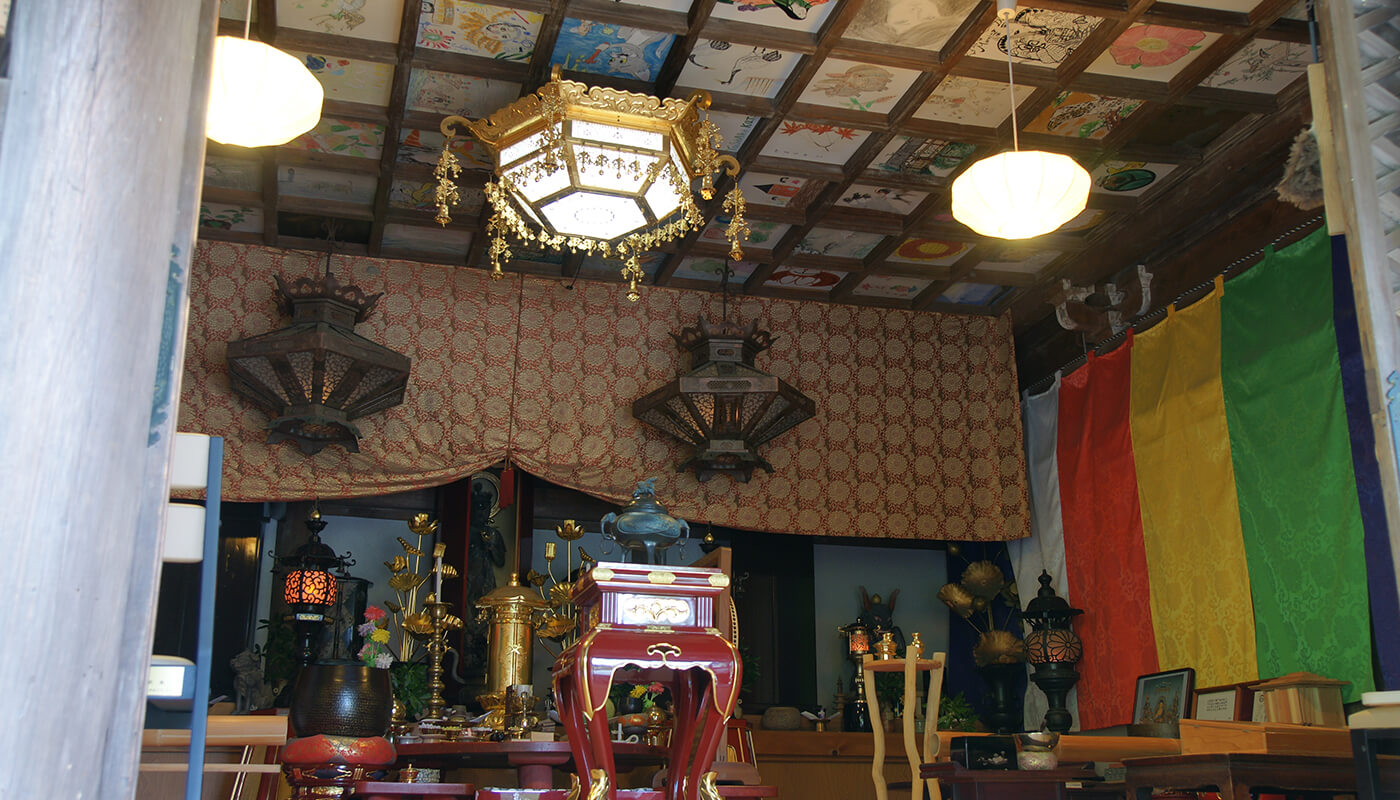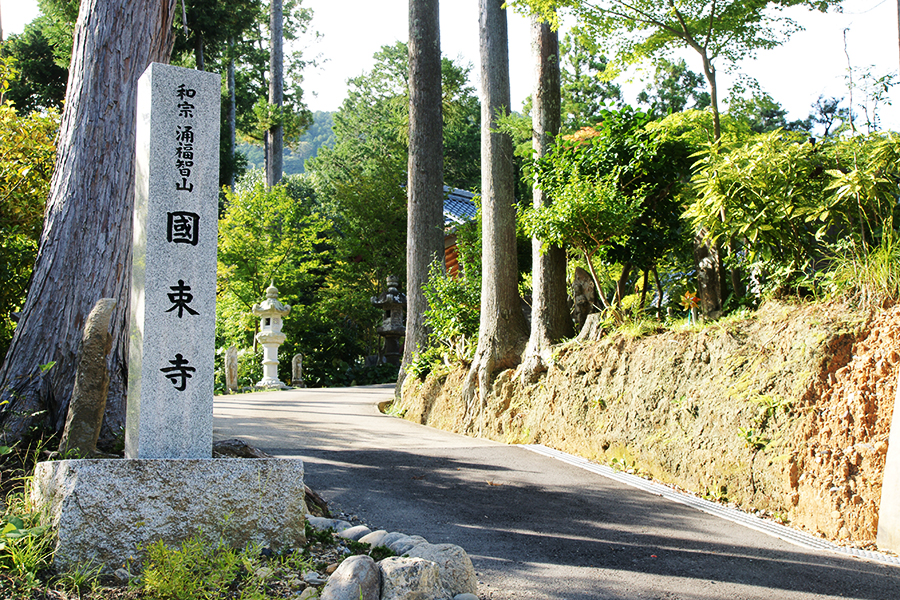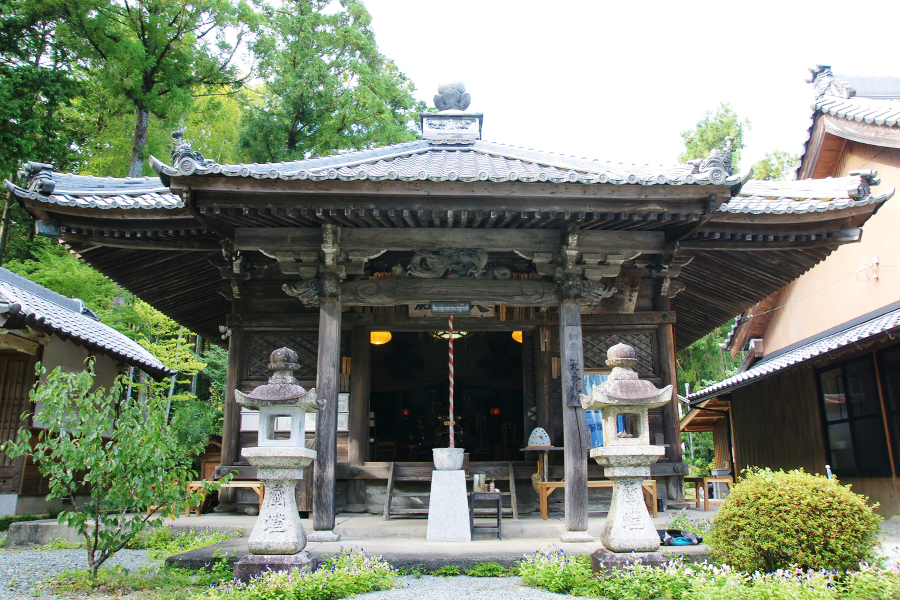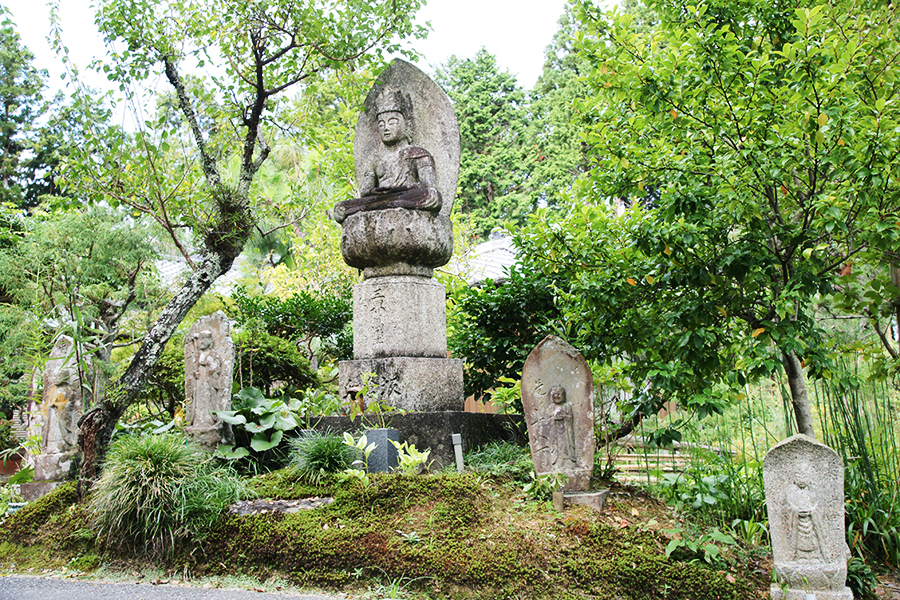Former Number 9Kuzuka-ji temple
History of the temple
According to the legend, Kuzuka-ji temple was founded 1400 years ago by Prince Shōtoku (574-622), a famous politician and promoter of Buddhism. He had a vision sent from Goddess of the Sun Amaterasu, in which she ordered him to make a temple and enshrine a statue of Jūichimen Kannon (Eleven-Faced Kannon) at Mount Kuzuka, which is in the West of Ise Shrine. It is believed that somewhere in that mountain a placenta of both Goddess Amaterasu and her younger brother Susanoō was buried. Prince Shōtoku built a temple and enshrined Jūichimen Kannon wishing for peace, tranquility and abundance of people’s lives.
Thanks to strong support of Emperor Shōmu (701-756) and Emperor Saga (786-842) the temple prospered, having 6 sub-temples and 132 monks’ quarters in its precincts. When Kūkai (Kōbō Daishi, 774-835, the founder of Shingon sect) visited Kuzuka-ji, he praised the Mount Kuzuka saying it is like a mountain of the Womb Realm Mandala (Taizōkai Mandara). Since then the area became a popular practice ground for Esoteric Buddhism monks.
Kuzaka-ji temple appears in a poem by a monk Zen’ya:
The temple is like the mountain which binds the land together
Therefore for generations to come people will look up to it with respect
The poem was included in a 16th Century collection of poetry Nendai waka shō (1532-1584), edited by Kitakabe Kuninaga (1505-1584).
At the end of 16th Century the temple got involved in war turbulence and as a result the whole complex turned to ashes. Later, thanks to the devotion of many people and protection of daimyo Tōdō Takatora (1556-1630) and Kii Tokugawa clan, the temple was rebuilt at the mountain top. In the following centuries it became a famous temple of the Ise region. We can imagine the scale of the rebuilt temple from painting titled Sanjō Garan Ezu (Painting of the Temple at the Mountain Top, 1834) which is kept at the Kuzuka-ji.
However 19th Century anti-Buddhist movement and post 2nd World War land reform made the temple fall into decline. In 1953 the main statue and two halls were moved to Osaka’s Shitennō-ji temple, which lost its buildings during the air-raid in 2nd World War. In exchange the Kuzuka-ji received the statue of Jūichimen Kannon and together with the rest of the buildings, the temple moved to the bottom of the Mount Kuzuka. The scale of the temple is not comparable to the times when it most flourished, but the monks believe that one day it will be rebuild at the top of the mountain once again. Until then they will follow the Buddhist teachings and pass the spirit of harmony (wa) emphasized by Prince Shōtoku.
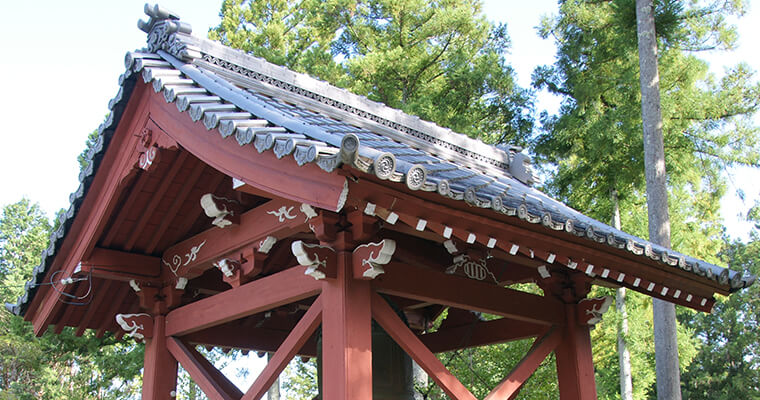
Outline
-
Honorific name
Yūfukuchizan
-
Temple's name
Kuzuka-ji
-
Sect
Wa (Shitennō-ji temple)
-
Religious service
Jūichimen Kannon
(Eleven-Faced Kannon)
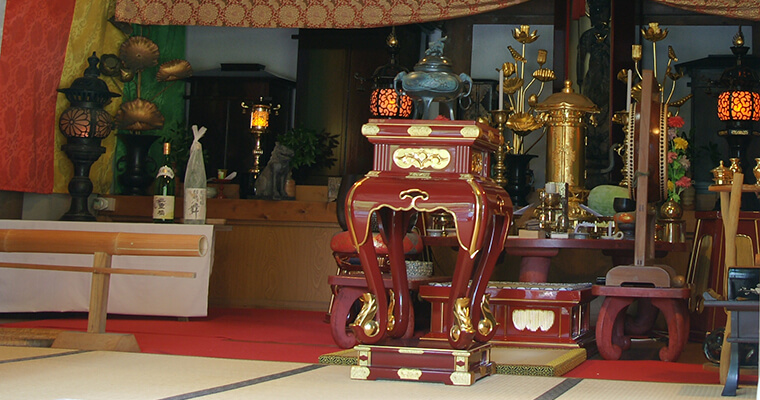
Details
-
Address
Mie Prefecture Watarai-gun Watarai-cho Hiroo 1481
-
Phone number
0596-62-1018
-
Stamp place
Temple's counter
-
Opening hours
8:00 - 17:00
-
Official website
